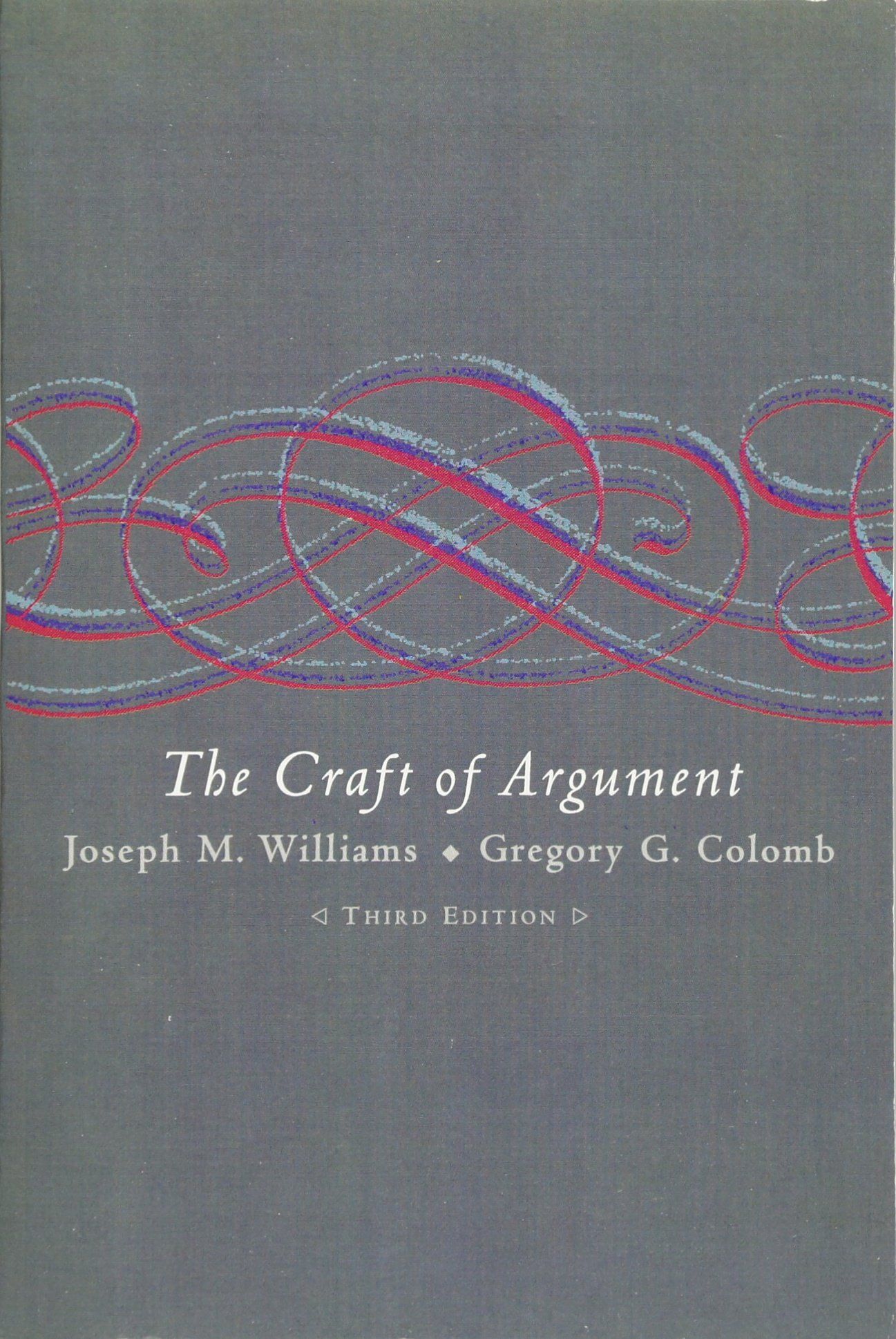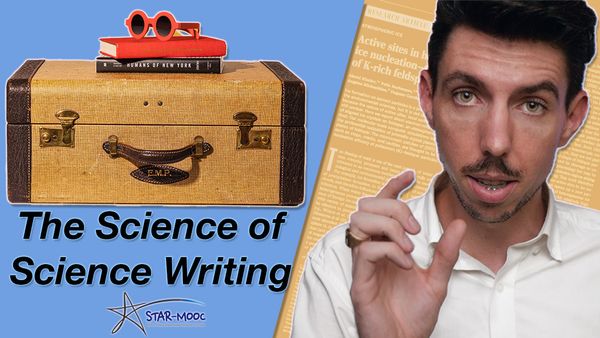Happy 추석! Korean Thanksgiving, essentially, and the beginning of my favorite season in the ROK.
I've been hard at work on an online course about science writing, which I'll be recording later this week. I've already posted a few test videos, which I'm excited to share with you.
💬 In this week's issue...
- The Science of Science Writing. A new online course for the Star-MOOC network is underway.
- Colorless Green Ideas. We asked DALL-E to imagine the unimaginable.
- Making Problems. The worst thing to hear from your reader is not I disagree; it's I don't care.
👩🔬 The Science of Science Writing
Aside from a 10-day meditation retreat and moving cities, I spent most of this summer vacation working on The Science of Science Writing, a 7-week online course for English L2 scientists and engineers.
The online course will be offered for free by the Star-MOOC network→, a platform jointly run by some of the leading science & tech research institutes in South Korea. Professors there offer special lectures and seminars pertaining to the 4th industrial revolution. Some of the more popular courses include
- Blockchain and the Future of Society by 이흥노 at GIST
- Introduction to 4th Industrial Revolution Manufacturing by 김동섭 at UNIST
- Development and Limitations of Future Medical Care by 김상욱 at POSTECH
The course I've been developing focuses primarily on 3 domains of writing:
- Form. From Abstracts to Conclusions, this section covers the discourse conventions used in each section of a scientific report;
- Language. This section focuses on moving students from the intermediate to advanced stages of writing, covering topics such as clause combination and embedding.
- Style. Setting the rules aside, how can we improve the flow of our writing?
I'll continue to send updates about the development of the course!
🗞 Latest tips & stories
- Ali Abdaal journaled every day for 90 days to discover this
- In my English Reading & Writing class we've been learning about the end of Liberalism at the start of the 4th Industrial Revolution. The historian Yuvan Noah Harari helps put this social moment into perspective. (Specifically 2m20s - 11m50s.)
- James Joyce's Ulysses was published 100 years ago. The culutral critic Terry Eagleton asks (if it makes sense to ask such a question), What is Joyce's writing style?
🧑🎤 🛌 😤

The linguist Noam Chomsky famously demonstrated the difference between semantics (the meaning of language) and syntax (the grammatical structure that underpins language) by coining the following sentence:
Colorless green ideas sleep furiously.
It's perfectly grammatical but means nothing; you couldn't imagine it if you tried.
So when I first learned about DALL-E, a new AI system that can create realistic images and art from a description in natural language, I had to give it a try. DALL-E used the sentence to generate 10 images which, I have to say, were pretty good!
Wonder what 'a colorless green idea' looks like? Or what it means to 'sleep furiously'?
👀

📄 Problem Statements Will Transform Your Academic Writing

For an essay to be worth a reader's time, it needs to solve a problem.
But most mainstream EFL textbooks completely ignore problems. Instead, they teach students to write purpose statements, e.g.,
The purpose of this essay is to explain to the reader how to play the game called chess.
The purpose of this essay is to tell the positive effects or results of exercising.
The purpose of this essay is to describe the most beautiful place I have ever been.
These are useful for keeping the writer on track. But these purposes - to describe, to tell, to explain - do not correspond at all to the purpose of academic writing. If you want to write an academic essay worth reading, it's time to set aside purpose statements and consider the problem you're trying to solve, because...
When a piece of writing attempts to solve a problem, it becomes an essay.

Who is your biggest inspiration for writing style?
— William James (@WJROK_) September 11, 2022
💓 Love this Newsletter?
Forward to a friend and let them know where they can subscribe (hint: it's here).
Anything else? Hit reply to send your feedback or just to say hello!
